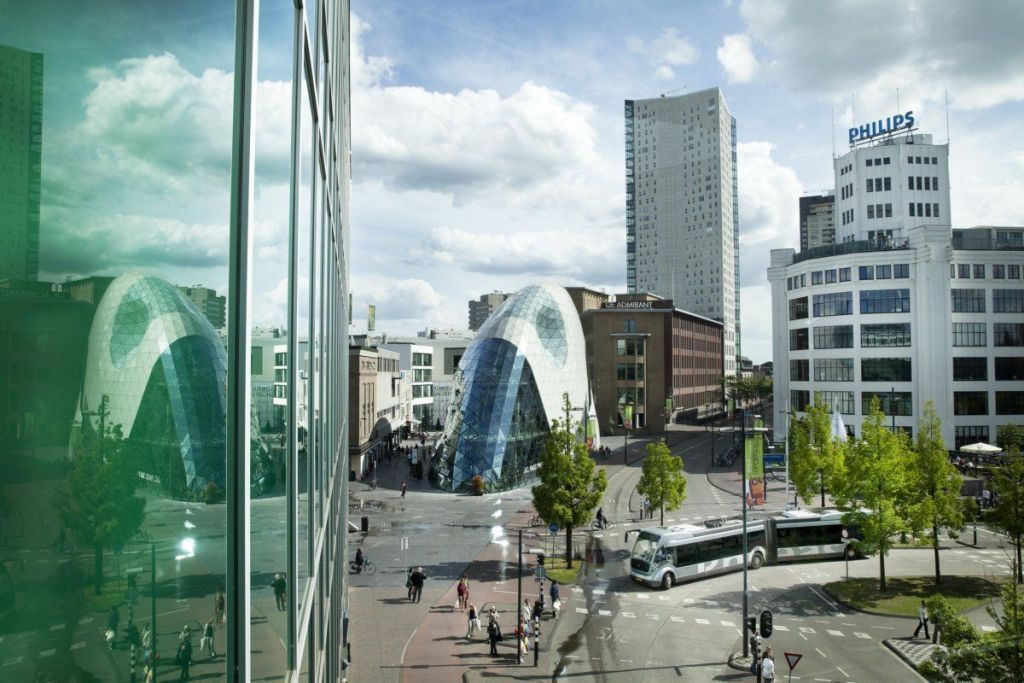
Economic rankings try to capture the strength or performance of an economy in a single number. Examples are the Global Competitiveness Index and the Entrepreneurial Ecosystem Index (in Dutch). These rankings are often highly publicized and help high scoring cities, regions, or countries show off. The process of ‘ranking the stars’ therefore has advantages for them. At the same time, a bad score can provide urgency. Things are going so bad, our economy needs support. What really is the value of economic rankings?
To get straight to the point: such a ranking is worthless for improving the economy! One figure provides little perspective for action, and ‘ranking the stars’ has only limited use in addition to marketing value. However, the information can be useful. Almost every index is the result of merging a lot of different data. The practical value is in that underlying data, in lifting it up and looking under the hood.
Criticism of rankings
The first problem with rankings is the fact that they put a complex reality into one single number. Just as you cannot judge the quality of a car by its speed, you cannot judge an economy by its place in a ranking. Second, the rankings imply a zero-sum game: my gain is your loss. This is literally true: if all regions get a little better, but some a little more than others, then a list of winners and losers will emerge. The internal validity of this is correct, because lists give a relative position: the place on the starting grid, regardless of the level of the other cars.

Misleading
But the external validity can even be misleading, winning in MotoGP is not the same as in Formula 1. Third, lists create a risk of system behavior. For example, the World Bank’s Ease of Doing Business Index was recently discontinued due to manipulation of this list for political purposes. It is crucial not to try to improve the ranking score, but to improve the conditions for economic development. Finally, the rankings are often based on the best available data, which are often a more or less imperfect representation of reality.
The ranking guide
Still, the rankings can be useful if you lift the hood. The values on the lists often consist of thousands of data points. The data behind the final score provides useful information for diagnosing an economy. What are the strengths and weaknesses of the economy, which parts deserve policy priority? We demonstrate this using the Entrepreneurial Ecosystem Index (in Dutch, see also the European version).
This Entrepreneurial Ecosystem Index aims to measure the quality of regional entrepreneurial ecosystems. An entrepreneurial ecosystem consists of a combination of interrelated actors and factors that enable productive entrepreneurship in a given geographic area. A great deal of research has been done into which actors and factors play a role, and ten elements emerge from this.
Variety of different data
Together with a team, we figuratively scour the city and country for data that best measure (parts of) these elements. Finally, we aggregate the best available data to score each element and then aggregate the elements into an index. The index thus puts a range of different data into one single number. The underlying data are far from perfect: they are often the least bad available, and significant improvements are conceivable. So simply looking at the index score is not enough and can even be misleading.
But by using data to show how the various parts of the ecosystem for entrepreneurship (or any subject for that matter) are doing, we offer the opportunity to better understand our own economy. In other words, the usefulness of an ecosystem index lies in the use of the underlying data and how it can help to better understand (1) the economy, (2) how it can be improved, (3) whether the intended improvements have been achieved, and (4) why or why not?
Following the publication of the ‘Entrepreneurial Ecosystem Index’, Cees-Jan Pen wrote a piece about the usefulness of these lists with the important criticism (in Dutch): ‘It remains up to the reader to come up with regional actions and leads.’ He called on Innovation Origins to challenge the researchers to provide more clarification on this. Here’s our answer to the question:
What can the reader (or mechanic) do?
Our advice is deliberately not a list of actions for each region. Instead, our advice is process-based. Use the diagnosis behind a ranking, the look under the hood, as the starting point. Sit down with each other, entrepreneurs, companies, ROMs, provinces, municipalities, universities, colleges, etc., and discuss the diagnosis: Which weak elements are recognized (or not)? What is this due to? how could it be better? Do all stakeholders agree or do we/they have a difference of opinion? How can we improve this region together? Or to stick with the car metaphor: What repairs or improvements to the car are needed and which mechanic can achieve that?

By making use of this dialogue, it is possible to deepen the diagnosis and subsequently convert it into points for improvement. Then compile the interventions (both formal and informal policies) based on this dialogue and not based on the ranking. Please don’t jump to conclusions, but use our (and other) research to start the conversation. Then we will ensure that in a few years, the impact of the interventions taken can be measured again. So that this updated diagnosis can be used again for a new dialogue.
Is a fast car really the goal?
Finally: Is economic growth the region’s highest goal? Cees-Jan Pen also calls for looking at broad prosperity. A call that we fully support and are also working hard on. The focus must be much more on entrepreneurship that contributes to broad prosperity and realizing social missions and how ecosystems make this (im)possible. We want to move from metaphorical fast cars to sustainable cars. However, this requires further research into how an ecosystem for entrepreneurship contributes to broad prosperity and the realization of societal missions. And to make the progress toward achieving these missions measurable. Two major challenges that we will tackle in the coming years in the ESMEE project (in Dutch, Enabling Societal Missions through Entrepreneurial Ecosystems), among other things.








